
132 Grandpappy Drive
Denison, TX, US, 75020
Tel:903-465-6330
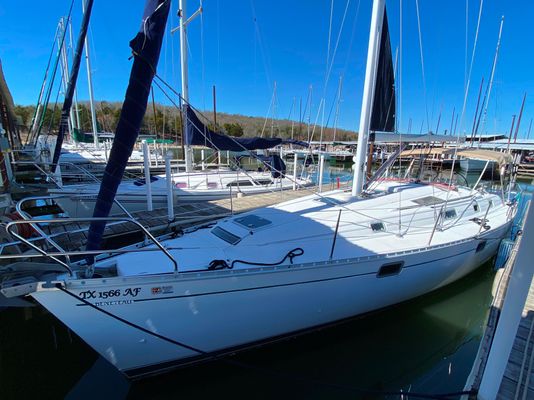
1995 Beneteau Oceanis 400
"Anahita is a 1995 Beneteau 400 that has had several recent upgrades including new sails, new running rigging and new Sea Dek decking.
One of Beneteau's most popular designs, the Oceanis 400 offers both style and function.
Specifications
Engine 1 Specifications
Media Gallery
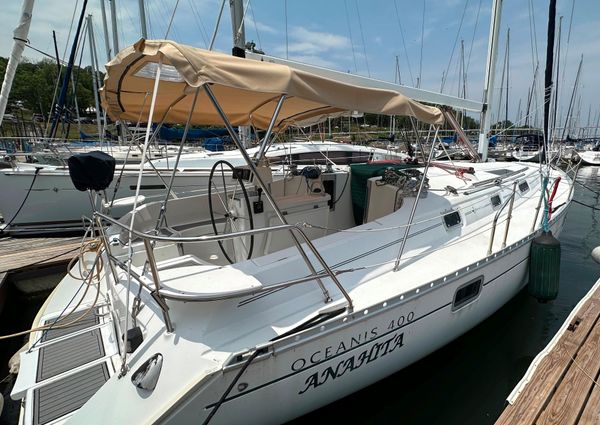 |
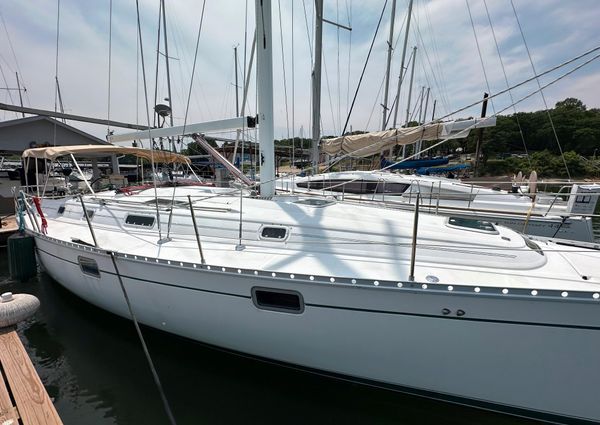 |
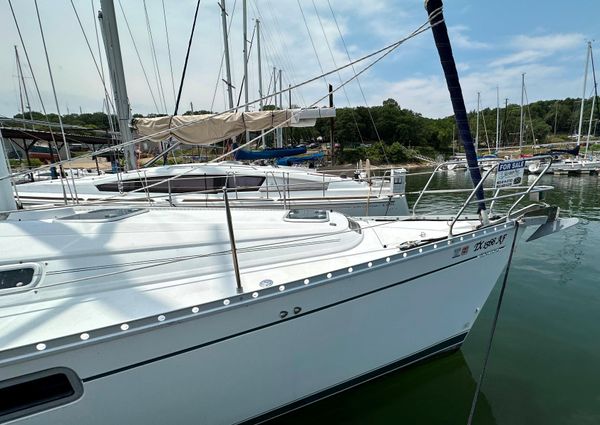 |
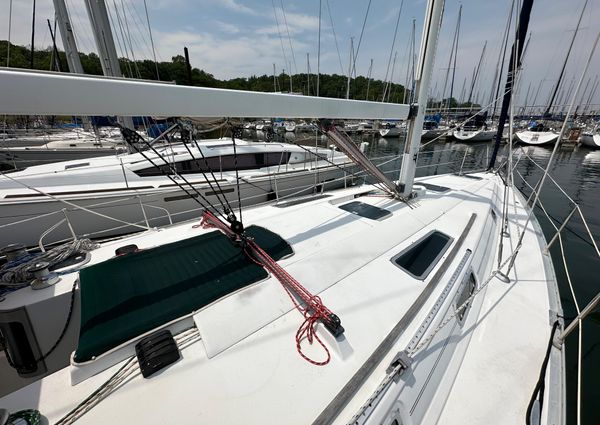 |
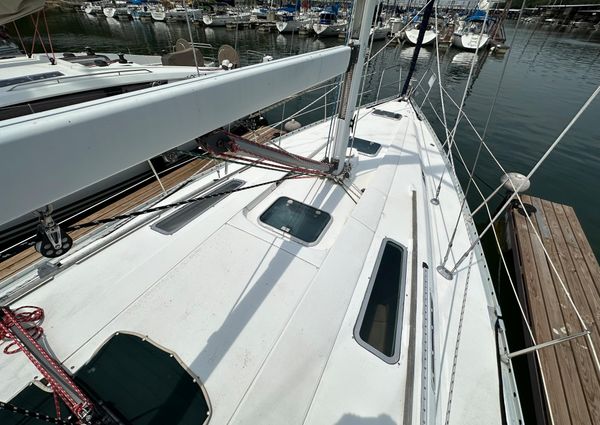 |
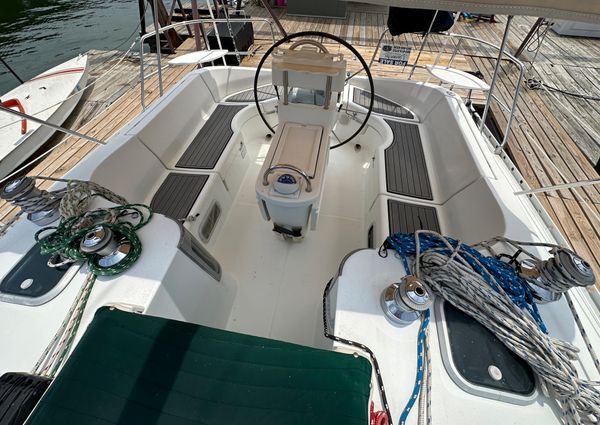 |
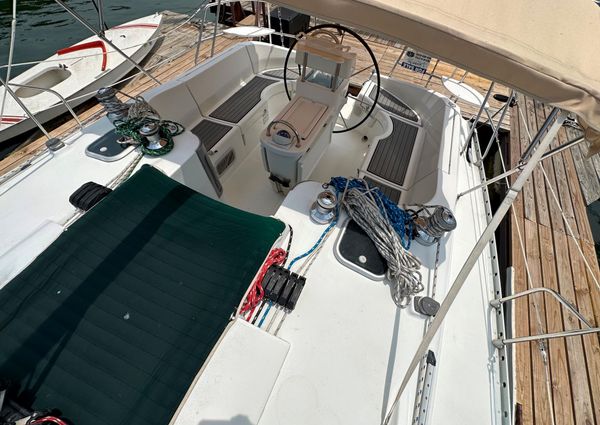 |
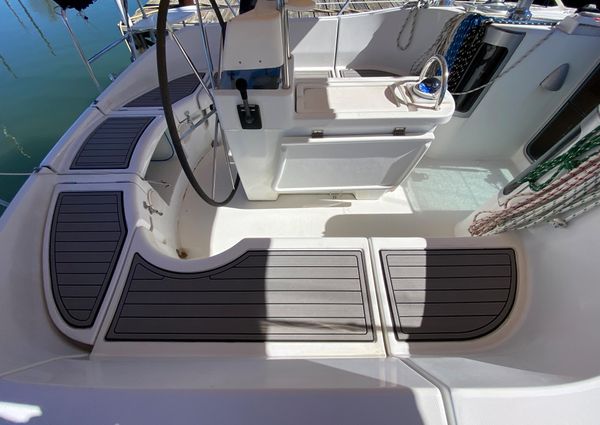 |
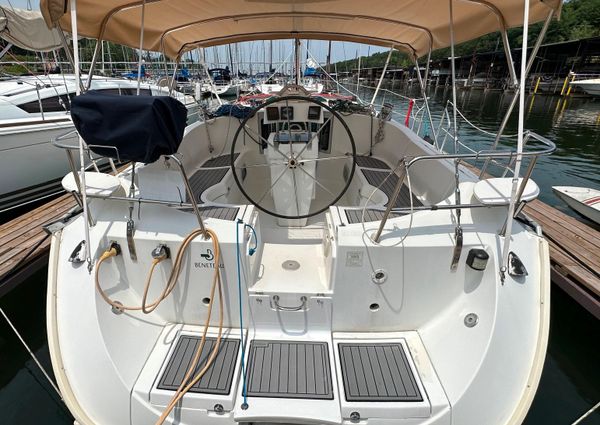 |
 |
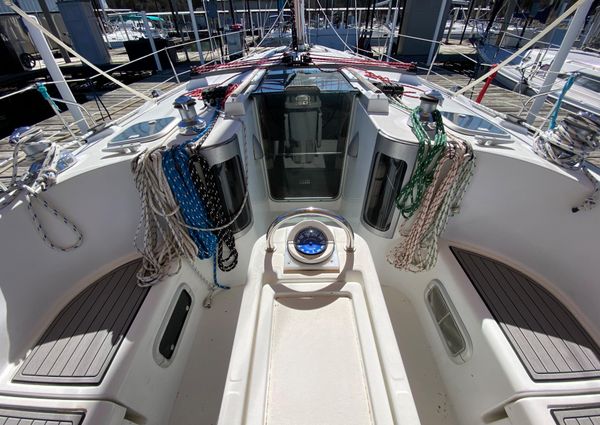 |
 |
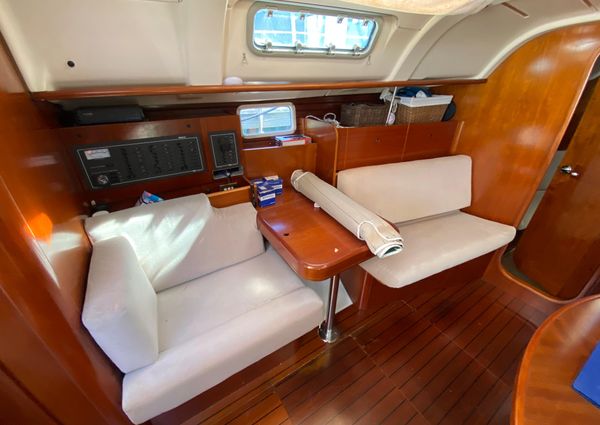 |
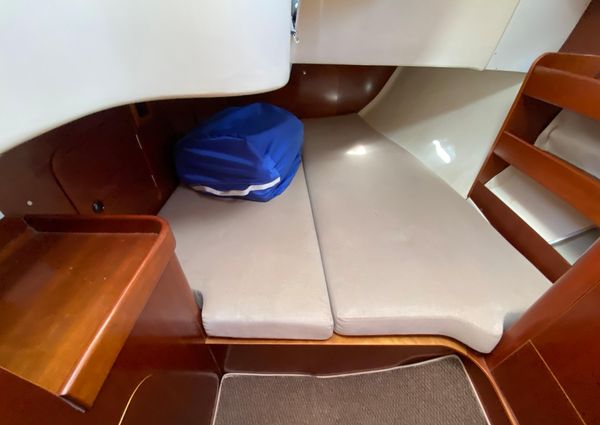 |
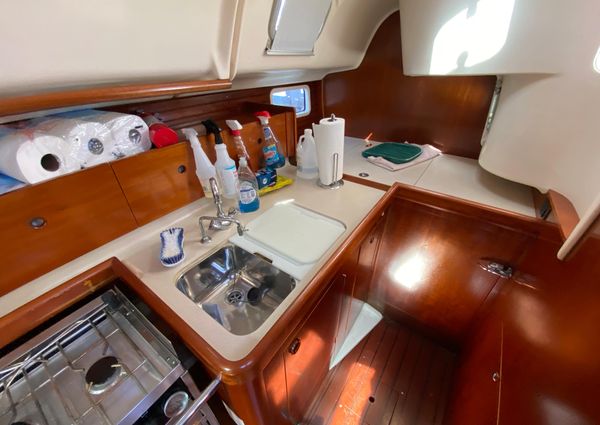 |
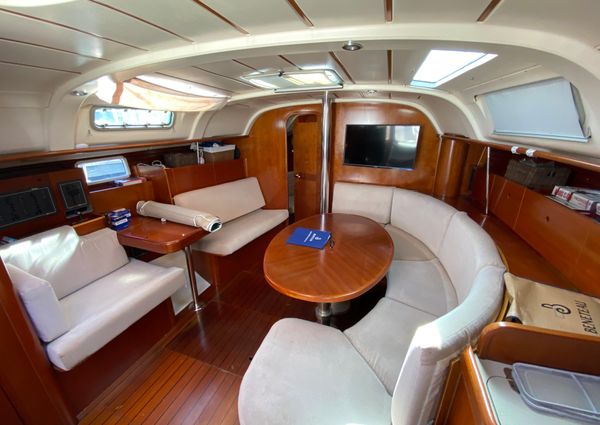 |
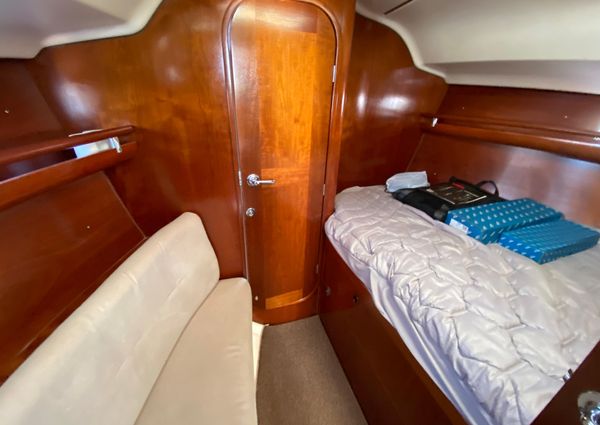 |
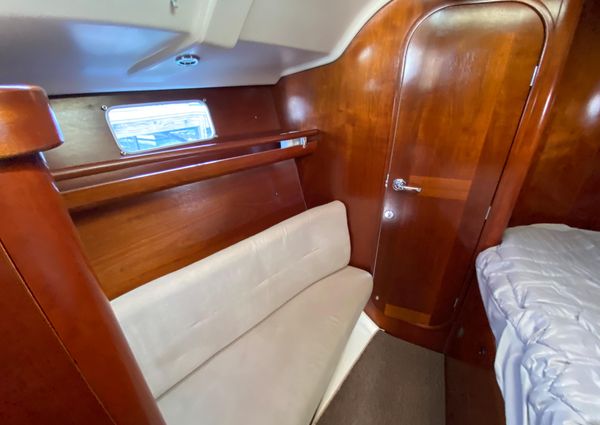 |
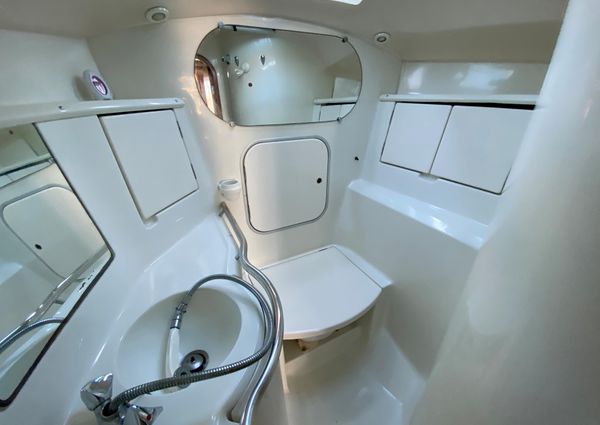 |
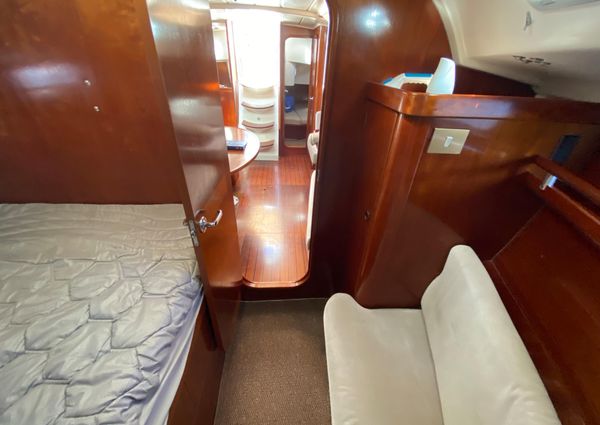 |
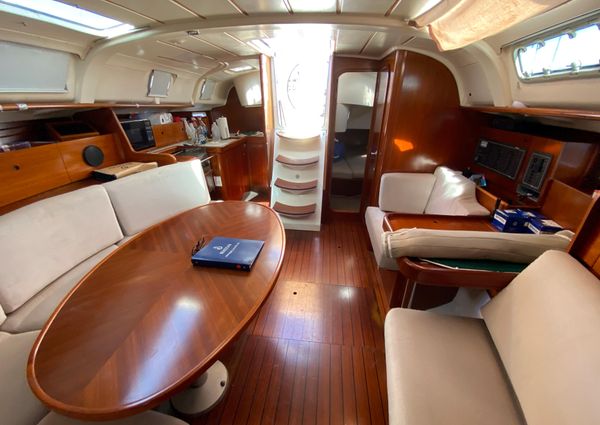 |
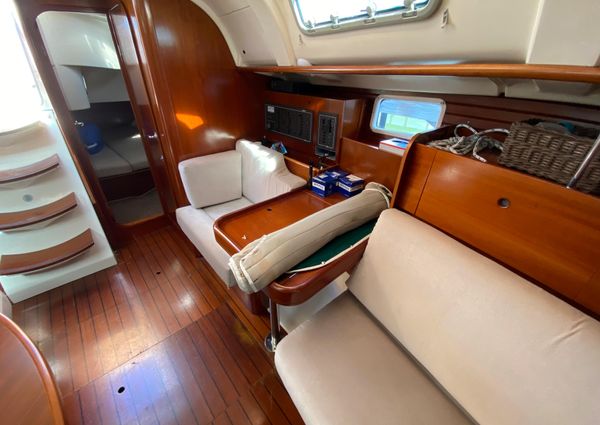 |
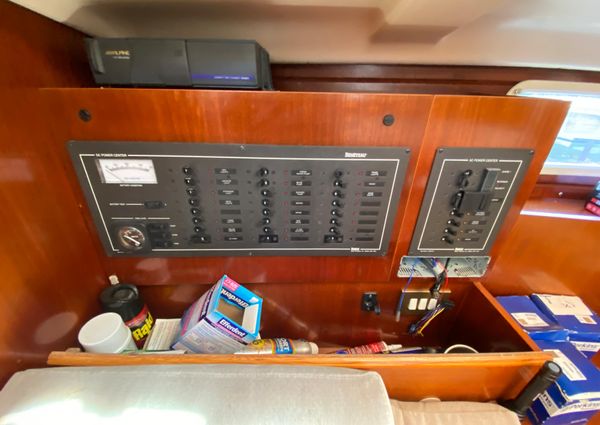 |
 |
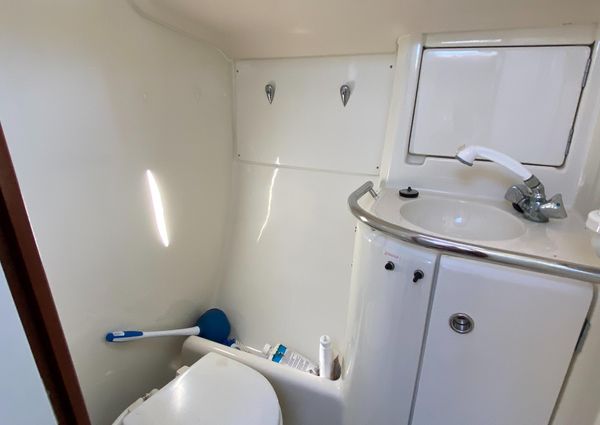 |
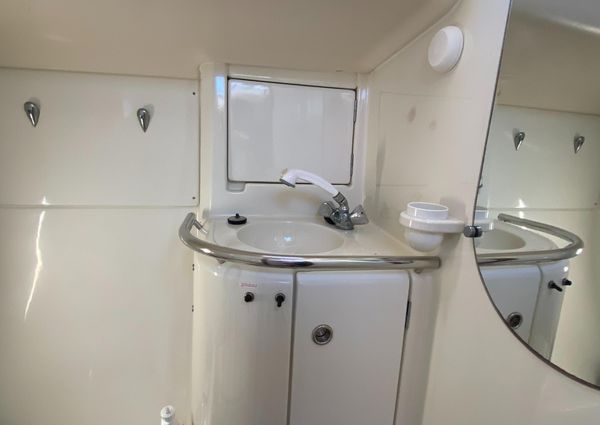 |
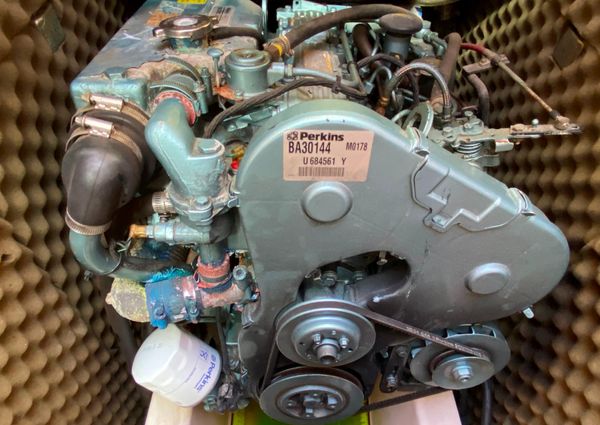 |
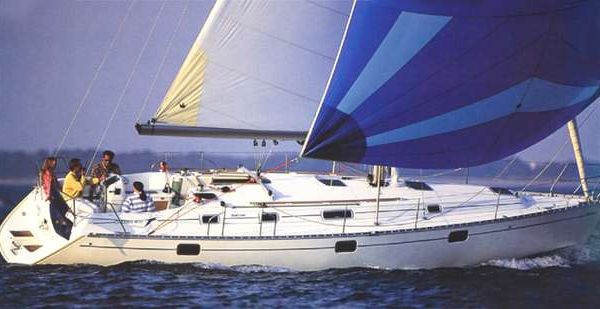 |
 |
This second generation Oceanis is designed to provide her owners with plenty of cruising performance and comfort, blended with safety and true ease of handling. Her fin keel with bulb has a low center of gravity which allows her to sail efficiently on all points of sail while providing excellent stability. The large diameter, leather sheathed wheel, coupled to a counter-balanced rudder, provides precise and easy steerage under sail or when maneuvering under power in tight quarters. Application of Beneteau's patented Watershield System in the hull laminate provides protection against osmotic blistering. And by using a structural grid system in the hull, stiffness is ensured as well as correct rig and keel load distribution. In the interior, open spaces, fixed hull ports and skylights, many opening ports and hatches, provide an abundance of light and air. The galley is close at hand both to the cockpit and the salon so the chef is never far from the rest of the crew. The Oceanis 400 cockpit is a mastery of ergonomic design, giving plenty of elbow room to the largest of crews, whether underway or socializing around the cockpit table at the end of the day. High coamings provide plenty of back support and security for the crew. Genoa tracks and turning blocks are placed on the cabin top as is the mainsheet traveller. This positioning improves the sheeting angle of the genoa and enhances upwind performance. It also clears the side decks making them safer to use. The double spreader, furling mast has discontinuous rigging and forward lower shrouds. The furling mainsail is controlled by an inhaul and an outhaul line led aft to the maneuvering winch. All lines running aft from the mast to the cockpit are covered by a deck cowling. Genoa sheets and maneuvering lines are controlled by large self-tailing winches, and are used standing rather than sitting, making it easier for the crew. Rope tails are stored using tiebacks affixed to the coachroof. Lifeline gates are at maximum beam where they are most accessible. The anchor locker contains the standard manual anchor windlass and the below deck furling drum. The stemhead has two anchor rollers, one of which tilts and is balanced forward to allow easier lowering of the anchor. There is a single and double aft cabin version.
- New Sails, Precision Head Sail, Mariner Main Sail.
- New Running Rigging.
- New Sea Dek in Cockpit and Swim Platform.
- Engine Hour Meter is Inop.
Bright ideas in a stylish cruiser
Beneteau had a wonderful display at the Seattle Sail Expo. It was, in fact, a portion of their European display and included enough bells and whistles to be a real showpiece. Each boat was lit from underneath and entered by an elevated catwalk. This was the way a show should be, i.e. a show. There was even an indoor pond with wind generators and dinghies you could test. To make folks from Seattle feel at home, they had imported an espresso cart.
I was scheduled to review a different boat, but this particular Beneteau was so impressive that I changed my mind. Designed by Jean-Marie Finot, the Oceanis 400 is Beneteau's performance cruiser, and it follows the success of the Oceanis 40 and 510. The 400 is a handsome boat with beautifully-executed deck tooling.
If you are interested in keels, you would have loved the Sail Expo. With all of the boats out of the water, you were free to roam around and view every conceivable keel shape. One thing was quite clear. Bulbs are "in." There were fins with wings, fins with bulbs, fins with bulbs with wings and everything in between. There were no fins with wings with bulbs on the wings nor fins with wings with wings with bulbs on the wings. There were wings off the back of bulbs, wings off the front of fins, round bulbs, squashed elliptical bulbs, beaver-tailed bulbs and inverted mushroom bulbs. Somebody has got to be guessing. There were definitely some snake oil salesmen there, but you can bait them and they are great for adding comedy relief. That's the reality of it.
Note in this Beneteau how far aft the beam is pushed. I'll apply my handy new ratio and check it out. If I fair out the radius at the deck we get a max beam to beam at transom radius (BM/BT) of 1.23. This is not quite as wide as the Tripp 26 but close. In the case of the Oceanis, you can assume that the goal of the beam aft is different. I would think that this designer is trying to optimize the volume aft so that he can expand the accommodations aft. Stacking up double quarter-berth staterooms requires beam and volume.
In profile, the canoe body has a deep chest forward and minimal rocker. The keel is located well forward and is a fin with bulb with wing type. The D/L ratio is 168. To put that in perspective, I can remember when the Valiant 40, with a D/L ratio of 260, was considered too light to be a true offshore cruising boat. There are two keels available. The deeper winged bulbed fin draws 5 feet 6 inches, and the shoal-bulbed (no wings) fin draws 4 feet, 8 inches. Are you confused yet?
There are two layouts available. Neither is what I would call traditional. Version one puts the galley aft and pushes the navigational center amidships adjacent to the U-shaped settee. Version two adds a second double quarter-berth and pushes the galley amidships with a center island seat for the settee. The interior is impressively detailed.
The rig shows swept-back spreaders and single lowers combined with a furling mast. Note the position of the mast relative to the keel. This indicates to me that the keel is quite far forward. The SA/D ratio is 16.88. While this appears low by the standards being set by modern IMS boats, it is still sufficient to power the boat well.
Beneteau has mastered deck tooling. Their molded decks appear to be the product of extensive design and prototype research. The side decks are minimal. Note the way the cabintrunk actually grows in beam as you go aft, so that the widest part of the trunk/coaming is right at the aft end. Note the location of the primary winches. They have been moved off the coaming and pushed forward to the edges of the cabintrunk. Genoa tracks are also off the side decks and located on the cabin trunk. There is a huge cockpit with room for a big dining table. To ease the access to the swim platform a portion of the coaming aft on centerline hinges down. This piece also fills in the recess for the boarding ladder to make a flush swim platform. Simple but clever touches that add considerably to the cost of deck tooling and also add to the fun of using the boat.
I think Beneteau has worked very hard at making this a cruising boat with every possible base covered. Some of the thinking may be slightly beyond conventional, but I think it will prove itself in use.
Oceanis 400 Specifications - Standard Equipment Deck Fittings - Anodized aluminum stemhead fitting with 2 rollers, one tilting - Anodized aluminum toerails - 4 anodized aluminum mooring cleats - 4 roller fairleads, aft and amidships - Aft anchor roller to port - SS bow pulpit with red-green navigation light - SS two part stern pushpit with removable lifeline, horseshoe buoy support and flagstaff holder - 24" stainless steel stanchions - Double SS lifelines with gates port and starboard - Self draining anchor locker with anchor rode eyestrap - Manual windlass recessed in anchor locker - 2 handrails on coachroof - Halyards and maneuvering lines led aft to cockpit under a deck cowling - 7 spinlock stoppers for halyards and maneuvering lines - 4 x 6", aluminum anodized cleats - 2 x 30CST maneuvering winches - 2 x 48CST genoa sheet winches - Mainsheet traveler on coachroof with adjusting lines - Coachhouse mounted genoa tracks with cars - 2 genoa sheet turning blocks on coachhouse - 2 sail and liferaft storage lockers in cockpit - Lazarette locker with access to steering quadrant - Teak slats on cockpit seating - Aft swim platform access door in transom - SS swim ladder with teak steps and hand hold - 2 equipment lockers in swim platform - Stern light on transom - Transom fender - Cockpit table - steering pedestal with: 2 folding leaves,table light insulated icebox with drain, hand hold, leather covered wheel, glassholder on pedestal, compass, engine instrument panel, single lever engine control panel for electronics - Stern pulpit seat Mast and Rigging - Anodized aluminum mast and boom - Double aft swept spreaders - In-mast mainsail furler - Genoa furler with drum recessed below deck - Mast step with halyard turning blocks - Anchorlight - Steaming light Standing Rigging - Stainless steel discontinuous rigging - Forestay - 2 backstays - 2 upper shrouds - 2 forward lower shrouds - 2 aft lower shrouds Running Rigging - Main halyard - Genoa halyard - Genoa sheets - Mainsheet - Main topping lift - Traveler control lines - Furler control line - Mainsail furling control lines Sails - Furling mainsail - 153% furling genoa with UV strip Forward Head - One piece molded head compartment - USCG approved marine head and holding tank - Sink with stainless towel bar - Hot and cold pressure water - Hand held shower - Electric shower sump pump - Storage cupboards - Mirror - Lewmar trimline opening hatch 18" x l2" - Roller blind - Fixed portlight - Opening port in coachhouse - Halogen lighting Owner's Cabin Forward - Double pullman berth to starboard - Shelves along hull side - 2 large drawers under berth - Settee to port - Hanging locker - Lewmar trimline opening hatch 20" x 15" - Roller blind - 2 Lewmar opening ports in coachroof with blinds - 2 fixed ports in hull - Dorade ventilator - Halogen lighting - Reading light Main Salon - U-shaped settee with water system access under aft end - Salon table with storage in center (Table folds down to form double berth) - Lockers and bottle storage along hull side - Handrail along coaming - Fixed hull port - Lewmar opening port 23" x 5" - Lewmar trimline opening hatch overhead 20" x 15" - Roller blinds - Halogen lighting overhead - Reading lamps Galley - 3 burner propane stove with oven and ss protection bar - Double SS sinks with hot and cold pressure water - Carving board fillers for sinks - Sea water foot pump with ice box drain system plumbed - Dish drainage locker - Insulated icebox with two baskets 6 cubic foot - 12 volt refrigerator in front loading compartment - 12 volt freezer in top loading compartment - Roll out grocery storage compartment - Trash can - Dust collection pan built into cockpit sole - Handrail on coaming - Fixed hull port - Lewmar opening port 12" x 5" - Lewmar trimline opening hatch 10 " x 10" - Roller blind - Halogen lighting - Neon light over working space - Curved portlight to cockpit Navigation Station and Salon - Large hanging locker - Aft facing chart table - Drawer and locker under table - Locker in chart table seat - Book rack and shelf - Hinged panel for electronics installation - Hinged multi function 12 volt electrical control panel - Fixed port in hull - Lewmar opening port 23" x 5", - Red - white night light - Handrail on coaming - Large storage cabinet Companionway - Plexiglas sliding hatch - Plexiglas hatch boards with vent - Aluminum hatch board frame - Fiberglass engine cover with molded wood steps and nonskid on treads - Engine access 2 handrails Aft Head to Port - One piece molded head compartment - USCG approved marine head and holding tank - Electric shower sump pump - Sink with stainless steel towel bar - Hot and cold pressure water - Hand held shower - Storage cupboards - Mirror - Lewmar 12" x 5" opening port with blind - Halogen lighting Aft Cabins - Double berth - Hanging locker - Storage lockers - Engine access panel - Lewmar trimline opening hatch 10" x 10" - 2 Lewmar opening ports 12" x 5" - One fixed portlight to cockpit - Blinds on hatches and ports - Halogen lighting Plumbing - Pressure water pump - Accumulator on pressure water system - Rigid water tanks 140 gallons - Shower at transom Electrical - 24 Function 12 volt electrical panel - Pressure water pump - Electric bilge pump - Accumulator tank on pressure water system - Water heater 12 gallons Engine Equipment - Perkins 50 Prima engine - Engine compartment insulation - Fuel capacity 41 gallons - Fuel gauge - Hourmeter - Tachometer - Engine alarms - 1 x 75 amp battery - 1 x 200 amp battery - Battery charger 110V-40 amps Miscellaneous - Winch handles - Owner's manual - Spare parts kit
The Company offers the details of this vessel in good faith but cannot guarantee or warrant the accuracy of this information nor warrant the condition of the vessel. A buyer should instruct his agents, or his surveyors, to investigate such details as the buyer desires validated. This vessel is offered subject to prior sale, price change, or withdrawal without notice.
Please contact Rick Lemon, CPYB
903-814-3753